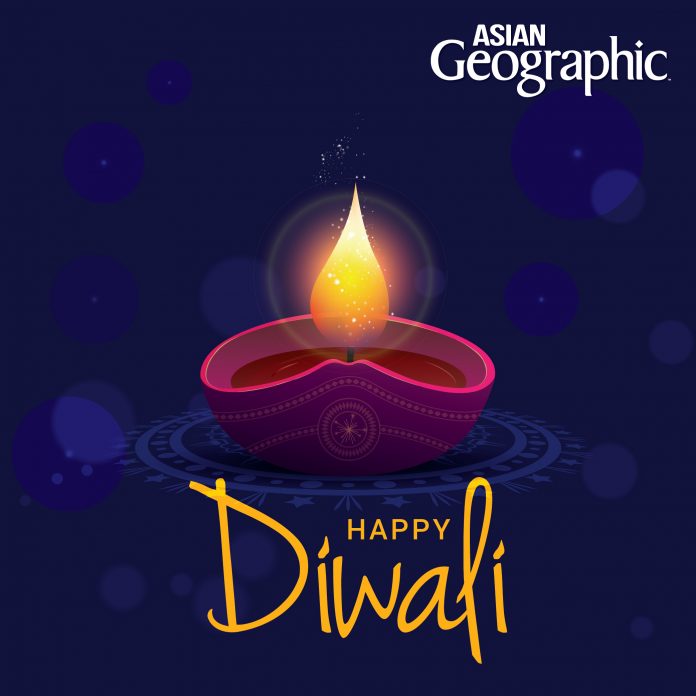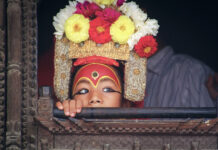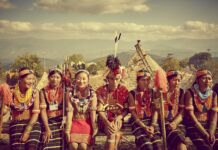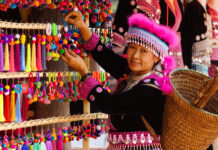Whether you refer to it as Diwali, Deepavali, Dipavali, Dewali, Deepawali, or the Festival of Lights, this day is the brightest of them all. Celebrated in October or November each year and lasting up to five days, Diwali literally translates from the Sanskrit dīpāvali to “row or series of lights”. It is celebrated to honor Ramachandra, the seventh incarnation of Lord Vishnu. It is believed by Hindus that on this day Rama returned to his people after 14 years of exile in which he fought and won a battle against the demons and their king, Ravana. Following this, people lit up many clay lamps, or diyas, their houses to celebrate his victory over evil (light over darkness). The goddess of good fortune, Lakshmi, also figures into the celebration as is believed that she roams the Earth on this day and enters the house that is pure, clean, and most importantly, bright.
The five-day celebration is observed every year in early autumn after the completion of the summer harvest and coincides with the new moon, known as the amāsvasya – the darkest night in the Hindu calendar, which differs from its Western equivalent mainly due to its emphasis on the moon or sun cycle.
The Five Days of Diwali
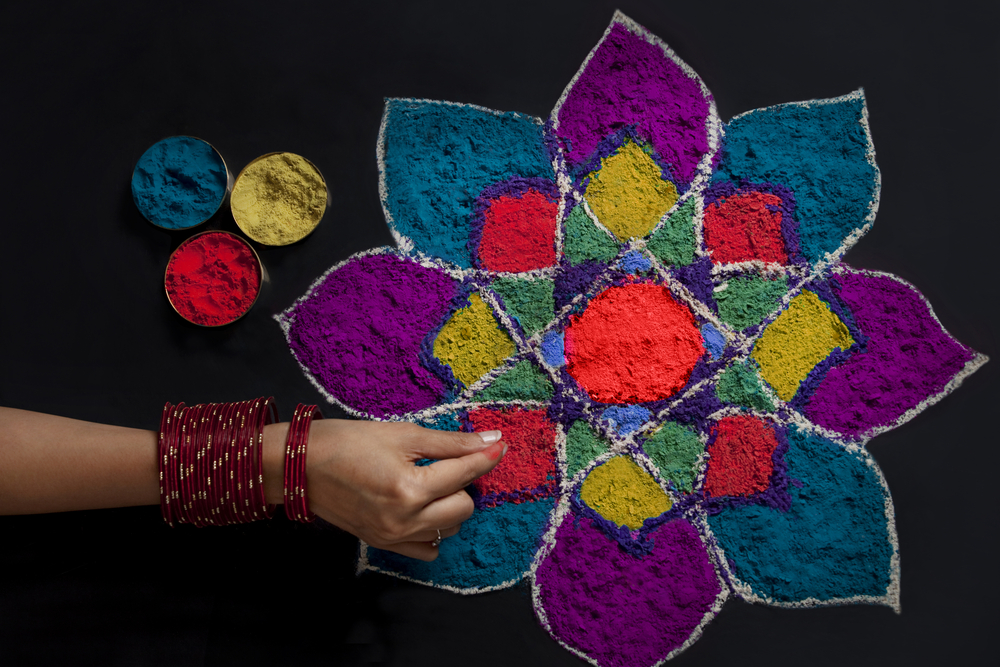
Day 1: Dhanteras
Dhanteras, derived from Dhan meaning wealth and teras meaning thirteenth, marks the thirteenth day of the dark fortnight of Kartik and the beginning of Diwali. The festivities officially begins on the first day, and this day is dedicated to the worship and celebration of the goddess of wealth, Lakshmi. People consider this day auspicious and buy something precious–specifically gold, silver, gemstones, new utensils, and clothes. Rangolis, colourful designs made from rice flour, flower petals and coloured sand are made in homes, and in the evening, earthen lamps, or diyas, are lit outside the houses to welcome the goddess.
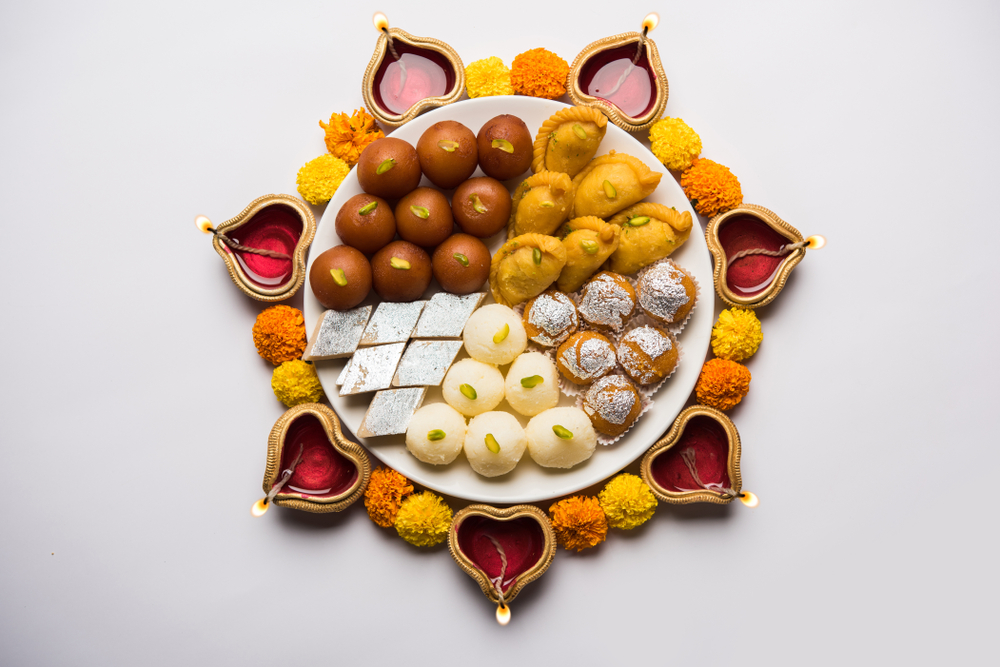
Day 2: Chhoti Diwali
Literally translating to “small Diwali”, Chhoti Diwali serves as a preview of the festivities to come. It is also known is Naraka Chaturdasi and Roop Chaturdashi. With the main festival the next day, the streets and homes are prepped in fairy lights and diyas. According to Hindu mythology, on this day, Lord Krishn defeated a demon king, Narakasur, who was the ruler of Pragjoytoshpur and had imprisoned 16,000 daughters of gods. On this day, Indian sweets are prepared or purchased, and gifts have started being exchanged with families, friends, and neighbours.
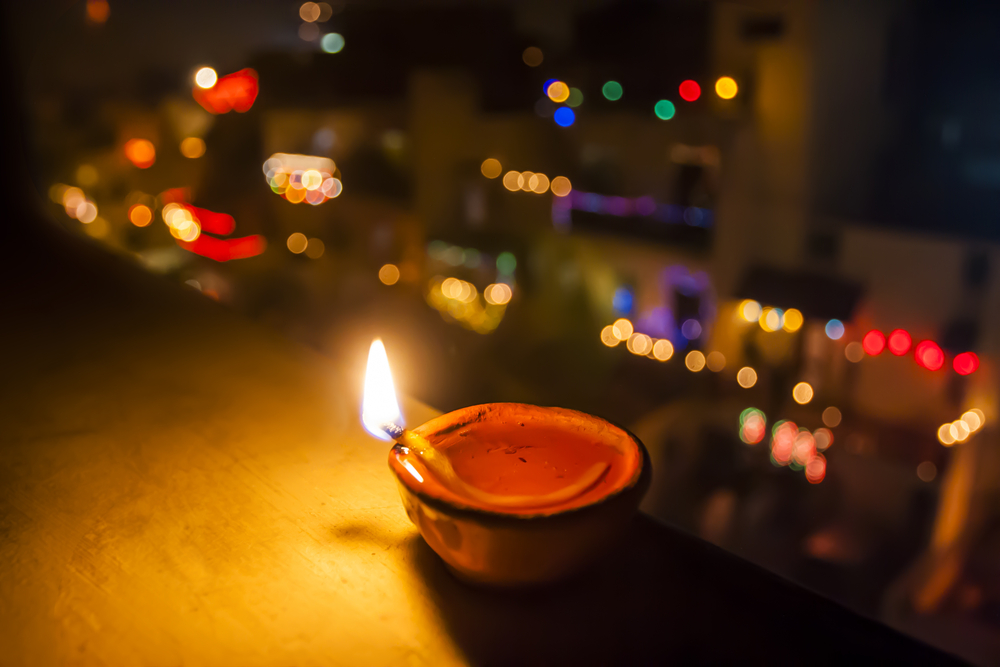
Day 3: Lakhsmi Pujan
Lakhsmi Pujan, or “the prayer to Goddess Lakshmi” is the height of the festival. The third day coincides with the last day of the dark fortnight of the lunar month, and Hindu, Jain, and Sikh temples and homes are aglow with lights. Goddess Lakshmi and Lord Ganesha are worshipped in the evening during an auspicious time, or subh muhrut, and proper prayers and hymns, or aartis and bhajans, are recited. It is believed that goddess Lakshmi enters homes and blesses devotees with good fortune and wealth on this day. After worshipping the gods, people visit their neighbours and relatives to exchange mithai, or sweets, and gifts.

Day 4: Govardhan Puja
The fourth day is widely celebrated as Govardhan Puja, or “the prayer to Govardhan” in the northern states of India. It is believed that Lord Krishna defeated Indra by lifting the Govardhan Mountain. On this day, people make a small mound to symbolise a mountain, usually out of cow dung, and worship it. In the western states of India, this day marks the New Year as per their calendar and is celebrated as Bestu Varas, or the Gujurati New Year.
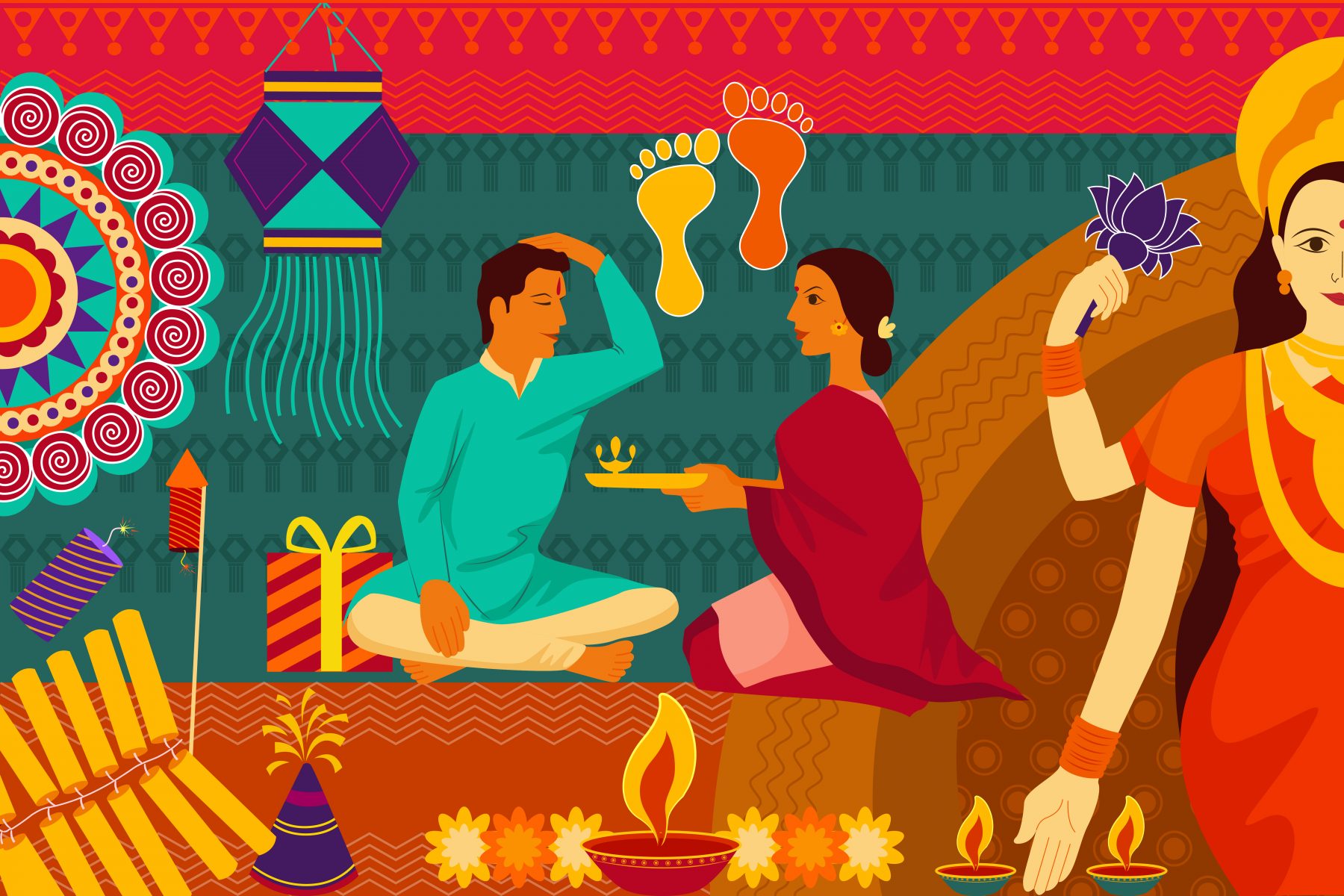
Day 5: Bhai Dooj
The fifth and last day of the festivities is Bhai Dooj. Legend has it that after slaying the evil demon Narakasura, Lord Krishna visited his sister Subhadra who gave him a warm welcome with sweets and flowers. She also affectionately applied tilak on Krishna’s forehead. Believed to be the origin of this festival, on this day, brothers visit their sisters and perform the tilak ceremony, where a mixture of dry rice and a vermilion paste is applied on the brother’s forehead, which is followed by aarti, or a light offering. At this time, sisters pray for their brother’s long lives as they promise to protect their sisters. Brothers also offer their sisters a token amount or a gift after the ceremony.
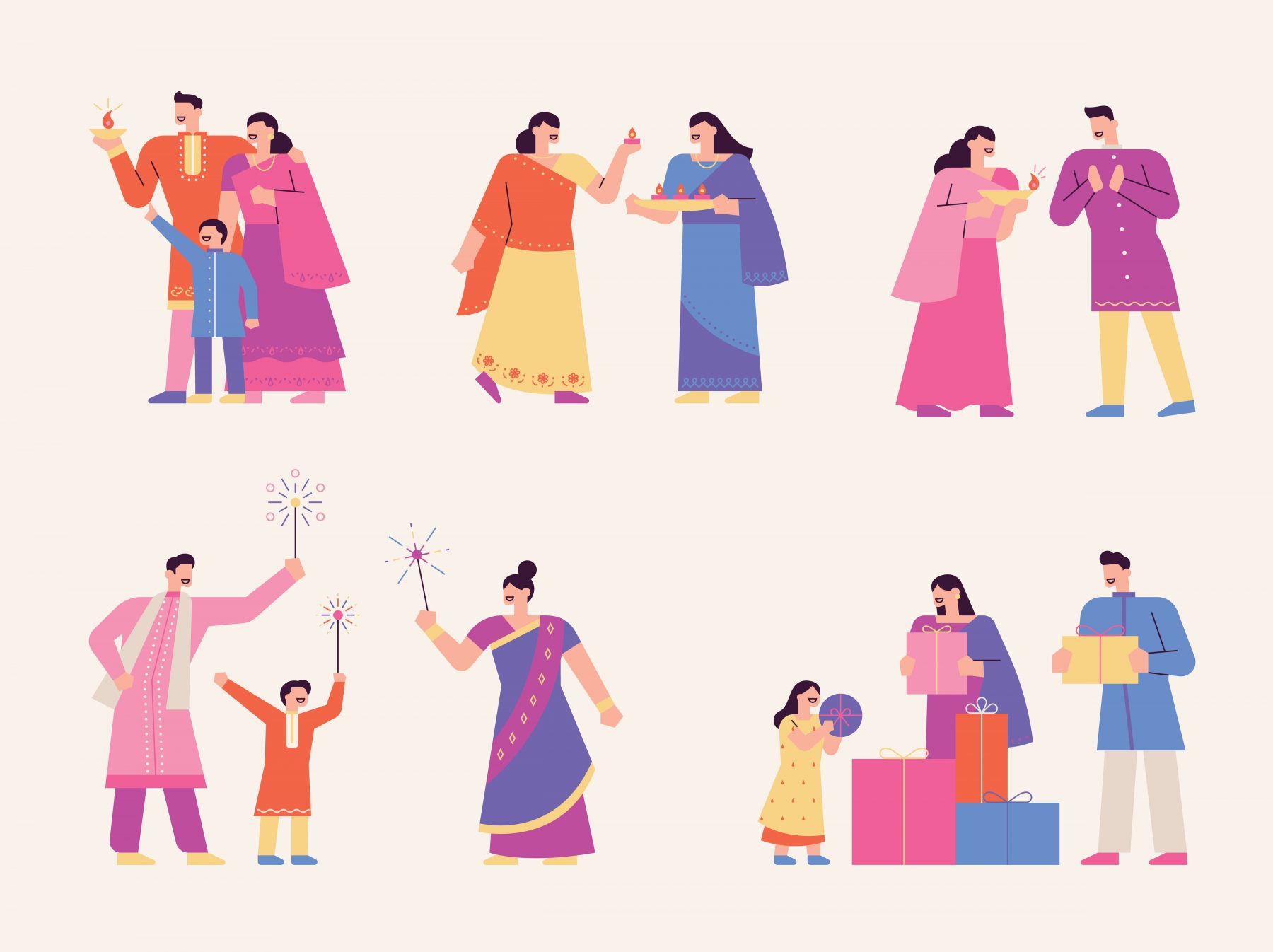
Countries that declare and celebrate Diwali as an official public holiday
The main day of the festival of Diwali is an off day in India, Nepal, Fiji, Guyana, Malaysia (except Sarawak), Mauritius, Myanmar, Singapore, Sri Lanka, Suriname, and Trinidad and Tobago.
ASIAN Geographic would like to wish all our readers a very Happy Diwali, and may your life be as bright and prosperous as the cultural significance of this day!


